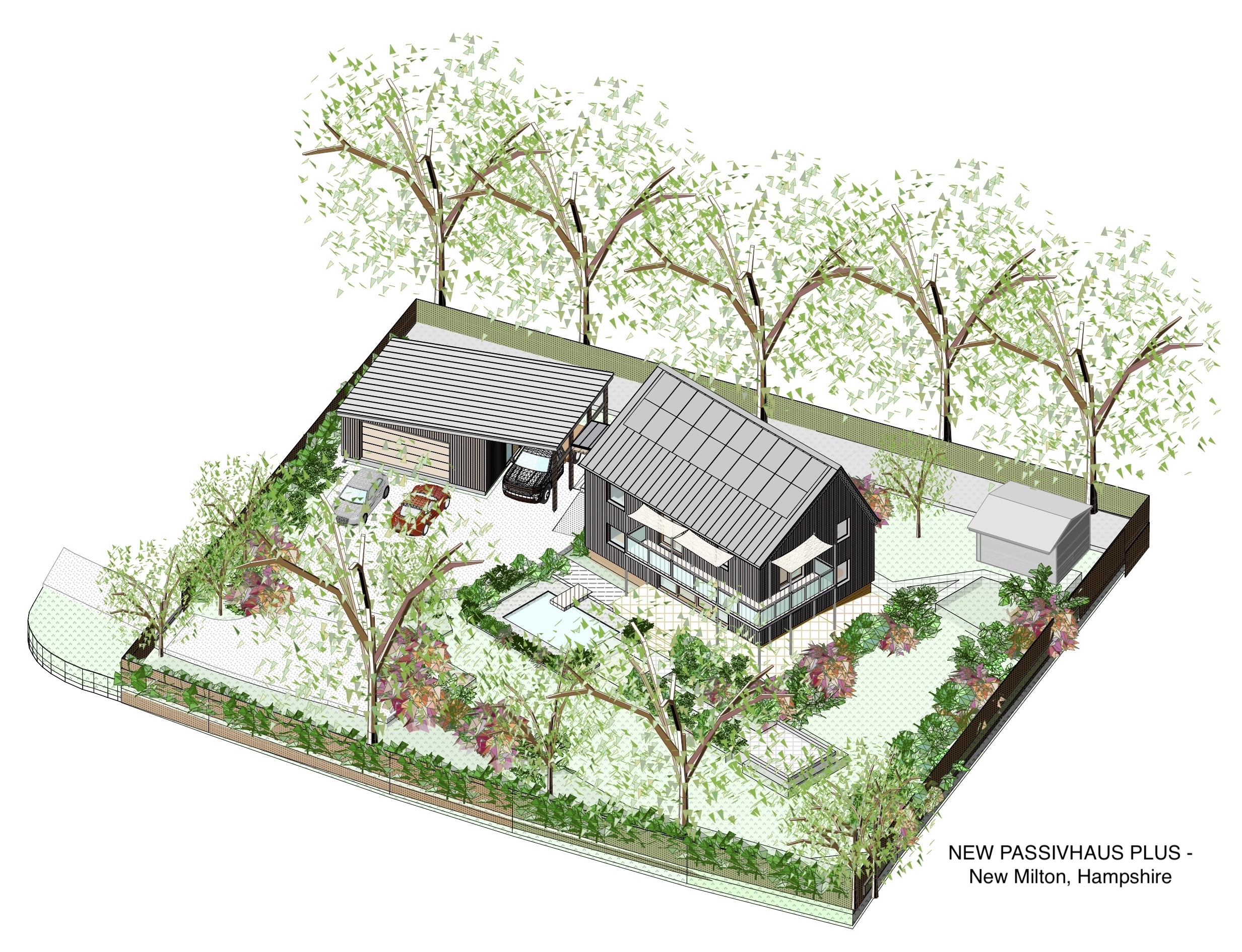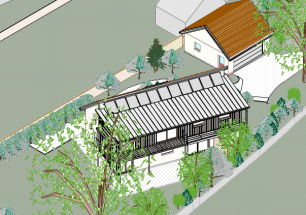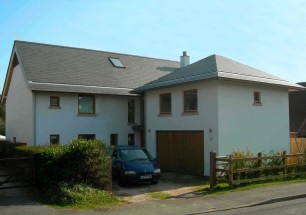What is a Passivhaus?
“Passivhaus buildings provide a high level of occupant comfort while using very little energy for heating and cooling. They are built with meticulous attention to detail and rigorous design and construction according to principles developed by the Passivhaus Institute in Germany, and can be certified through an exacting quality assurance process.” (Passivhaus Trust)
“To achieve the Passivhaus Standard in the UK typically involves:
- very high levels of insulation
- extremely high performance windows with insulated frames
- airtight building fabric
- ‘thermal bridge free’ construction
- a mechanical ventilation system with highly efficient heat recovery
- accurate design using the Passive House Planning Package (PHPP)” (Passivhaus Trust)
The standard is a performance measure and does not dictate the form of construction nor the materials to be used. The aim is to provide a comfortable building at a very significant reduction in energy requirements when set against the standard UK Building Regulation requirements.
The Practice has now been involved with the design and developing of 3 projects for 4 Passivhaus constructions all of which have been checked using the PHPP and the designs and detailing confirmed to comply with the standard. One project of 2 houses is now completed to the Passivhaus Institute Low Energy Building standard, one now completed as a Passivhaus Classic with a further project at final builder selection stage. Two recent projects at early design stage are also being designed to the Passivhaus standard. All are intended to be certified as Passivhaus.
Whilst developed prior to the adoption of the Passivhaus approach the new houses at Dibden and Sixpenny Handley show some of the construction criteria for a Passivhaus and have demonstrated very good energy performances.







